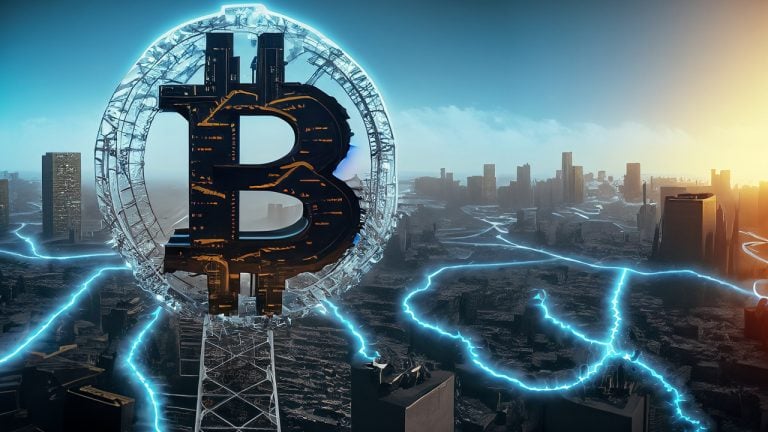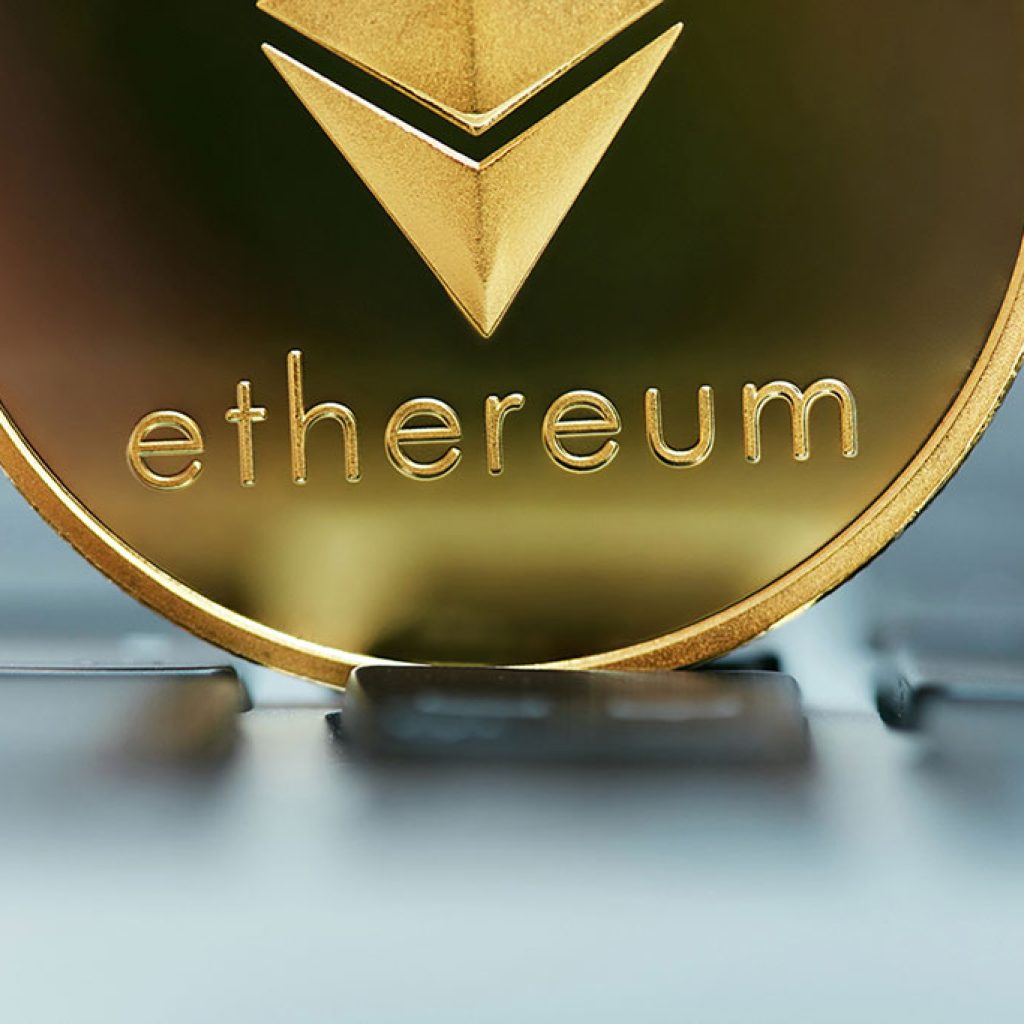
Bitcoin mining aided the Electric Reliability Council of Texas, or ERCOT, when the bitcoin mining company Riot Platforms reduced its power usage amid a Texas summer heatwave. Riot said in its most recent production and operations update that it received $31.7 million in power and demand response credits for August.
Bitcoin Mining’s Win-Win: Riot Cuts Power, Boosts Texas Energy Stability
Politicians skeptical of bitcoin, like the Massachusetts Democrat Elizabeth Warren, might want to familiarize themselves with demand response systems and how bitcoin mining can enhance the efficiency of energy grids. Simply put, demand response is a tactic used in electricity grids that encourages users to decrease or adjust their power use during peak times in response to time-based rates or other financial incentives.
While it can be cost-efficient, only a handful of business operations can effectively implement significant demand response systems, and crypto mining might be the most optimal at shedding load. In a press release dated September 6, bitcoin mining company Riot Platforms reported it reduced its power use by 95% during peak electricity demand last month amid one of the summer’s harshest heatwaves. As a result, Riot received $31.7 million in power and demand response credits.
“August was a landmark month for Riot in showcasing the benefits of our unique power strategy,” the CEO of Riot, Jason Les said. “Riot achieved a new monthly record for power and demand response credits, totaling $31.7 million in August, which surpassed the total amount of all credits received in 2022.”
Riot’s CEO said that based on the average bitcoin price in August, the power and demand response credits they received were equivalent to about 1,136 BTC. He further noted that the credits substantially reduced Riot’s cost to mine bitcoin. Demand response systems have gained traction in the bitcoin mining industry. Last year, mining company Lancium collaborated with a Texas battery-storage provider. When power is curtailed, Lancium’s fleet can keep mining without diminishing its computational power.
In February 2021, Texas experienced blackouts due to a severe winter storm, prompting bitcoin miners to reduce their power to assist ERCOT. A similar situation occurred in February 2022 when operations using demand response systems dialed back power in anticipation of winter storms. Major energy grid operators are keenly interested in bitcoin mining in conjunction with demand response systems.
Given the unique challenges ERCOT has faced in recent years, demand response has become integral to its strategy for grid reliability. In July 2022, an analyst from Duke Energy, the second-largest U.S. energy company, mentioned that his company was exploring demand response systems and had teamed up with selected bitcoin miners for trials.
What do you think about Riot’s DR systems and bitcoin mining helping ERCOT continue sustainable operations? Share your thoughts and opinions about this subject in the comments section below.





